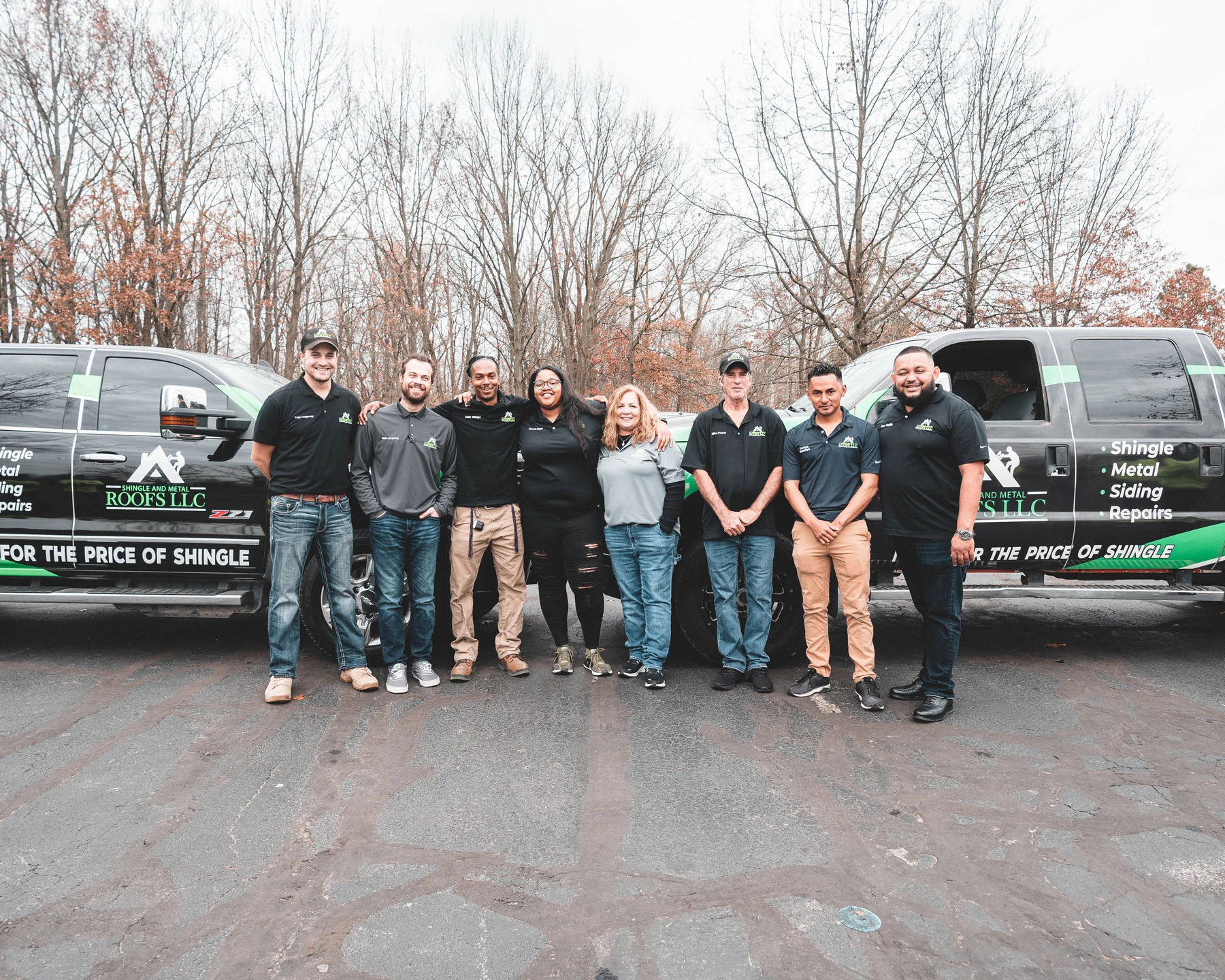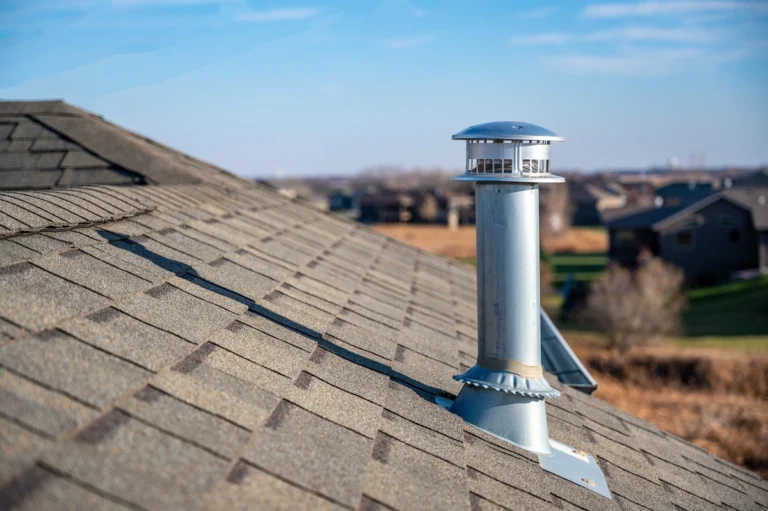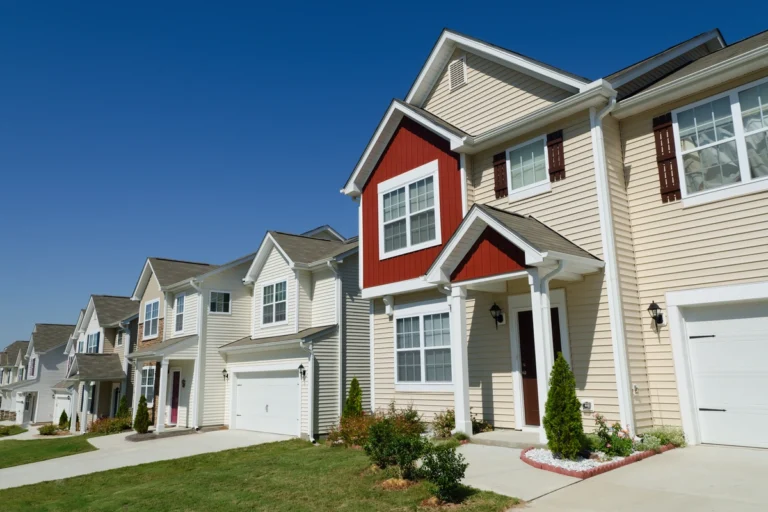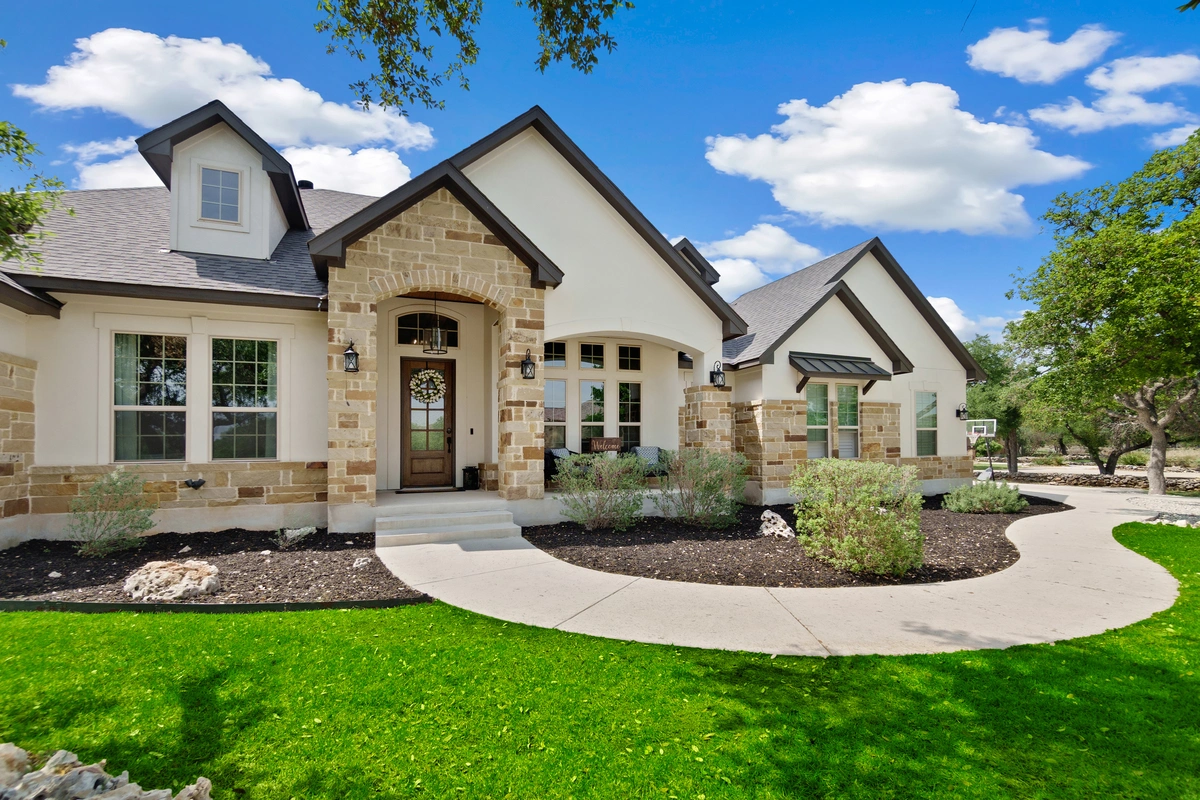
Your home’s roof is a critical component that provides shelter, insulation, and protection from the elements. But like everything else, roofs have a lifespan. Knowing how long you can expect your roof to last can help you plan for maintenance, repairs, or even a replacement.
In this guide, we’ll explore the typical lifespan of different roofing materials and share tips on how to extend your roof’s longevity.
Here’s what we talk about in this article:
- The typical roofing lifespan based on material
- 5 factors that impact the longevity of your roof
- When you should consider a roof replacement
Keep reading to discover how long roofs typically last and what you can do to keep your roof in top-notch condition!
Roofing Lifespan by Material
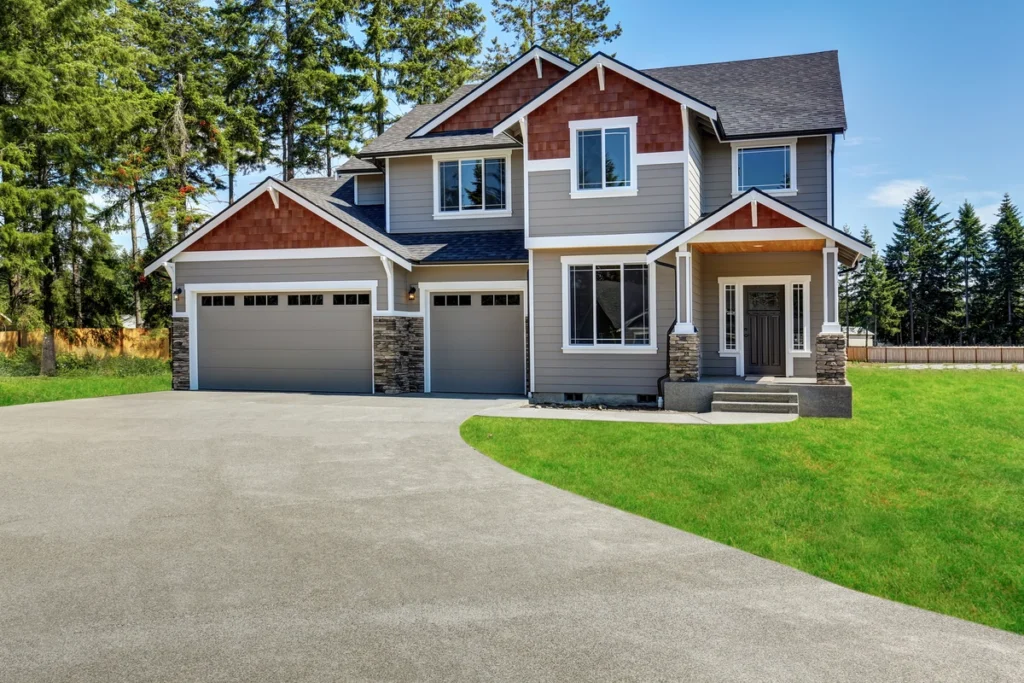
The lifespan of a roof largely depends on the type of roofing material used. Here’s a breakdown of common roofing materials and their expected lifespans:
Asphalt Shingles
- Standard 3-Tab Shingles: These are the most affordable option and typically last 15 to 20 years.
- Architectural Shingles: A step up in quality, architectural shingles can last 25 to 30 years or more.
- Premium Shingles: High-quality asphalt shingles can have a lifespan of 30 to 50 years.
Wood Shingles or Shakes
- Wood Shingles: When properly maintained, wood shingles can last 20 to 25 years.
- Wood Shakes: Thicker and more durable, wood shakes can have a lifespan of 30 to 40 years.
Metal Roofing
- Metal Panels: Metal roofs can last 40 to 70 years or even longer, depending on the type of metal used.
- Coated Steel: Steel roofs with coatings for corrosion protection may last 50 to 70 years.
- Copper or Zinc: Premium metals like copper and zinc can have a lifespan of over a century.
Clay or Concrete Tiles
- Clay Tiles: With proper care, clay tiles can last 50 to 100 years.
- Concrete Tiles: Durable concrete tiles can have a lifespan of 50 to 75 years.
Slate Roofing
- Natural Slate: High-quality natural slate roofs can last 75 to 100 years or more.
- Synthetic Slate: Synthetic slate roofs often have warranties of 50 years or more.
TPO and PVC Membrane
- TPO (Thermoplastic Olefin): TPO roofs can last 20 to 30 years or more.
- PVC (Polyvinyl Chloride): PVC roofing can have a lifespan of 20 to 30 years.
Keep in mind that these lifespans are approximate and can vary based on factors such as climate, maintenance, and installation quality.
5 Factors That Affect Roof Lifespan ⏳
Several factors can influence how long your roof will last. Here are some key considerations:
1. Climate and Weather
- Severe weather conditions like heavy rainfall, hail, snow, and high winds can accelerate roof wear and tear.
- Prolonged exposure to harsh sunlight and UV rays can also affect roofing materials.
2. Proper Installation
- A well-installed roof with proper flashing, ventilation, and underlayment is more likely to reach its expected lifespan.
- Improper installation can lead to premature roofing failure.
3. Roof Maintenance
- Regular maintenance, including cleaning gutters, removing debris, and inspecting for damage, can extend your roof’s life.
- Promptly addressing small issues can prevent them from becoming major problems.
4. Ventilation and Insulation
- Proper attic ventilation and insulation help regulate temperature and moisture levels, reducing stress on the roof.
- Inadequate ventilation and insulation can lead to ice dam formation and premature roof deterioration.
5. Roof Slope and Design
- The slope or pitch of your roof can affect how it sheds water and snow. Steeper roofs tend to last longer.
- Complex roof designs with many angles and valleys can be more prone to leaks and wear.
Signs That Your Roof Needs Attention 🧐

Even if your roof is within its expected lifespan, it’s essential to watch for signs of damage or wear. Here are some indicators that your roof may need attention:
Leaks or Water Damage
Water stains on ceilings or walls are signs of roof leaks. Inspect your attic for signs of water intrusion after heavy rain.
Missing or Damaged Shingles
Missing, cracked, or curling shingles can compromise your roof’s integrity. Thus, you should check for granules from asphalt shingles in your gutters, which can indicate wear.
Sagging Roof Deck
A sagging roof deck may indicate structural issues or water damage. Consult a professional if you notice any areas with a noticeable sag.
Excessive Moss or Algae Growth
Moss and algae can trap moisture and accelerate roof deterioration. This is why it’s important to clean your roof to remove these growths and prevent further damage.
Higher Energy Bills
A poorly insulated or damaged roof can lead to higher heating and cooling costs. So if your energy bills have spiked, it may be time for a roof inspection.
Extending the Lifespan of Your Roof
To maximize the lifespan of your roof, consider these 5 tips:
1. Regular Inspections and Maintenance 🧹
Schedule annual roof inspections by a professional to catch problems early. Also, you’ll need to clean gutters, remove debris, and trim overhanging branches to prevent damage.
2. Prompt Repairs 🏚️
Address minor issues promptly to prevent them from becoming major, costly problems. Likewise, you’ll want to hire a reputable roofing contractor for repairs or replacements.
3. Ventilation and Insulation 🪟
Ensure proper attic ventilation and insulation to regulate temperature and moisture. Proper ventilation helps prevent ice dams in winter.
4. Trim Overhanging Branches ✂️
Overhanging tree branches can scratch or damage your roof during windy conditions. You should also trim back branches to prevent potential damage.
5. Avoid Walking on the Roof 👞
Walking on the roof can cause damage, especially to certain materials like clay tiles or slate. So if you need to inspect your roof, do so from a ladder or hire a professional.
When to Consider Roof Replacement
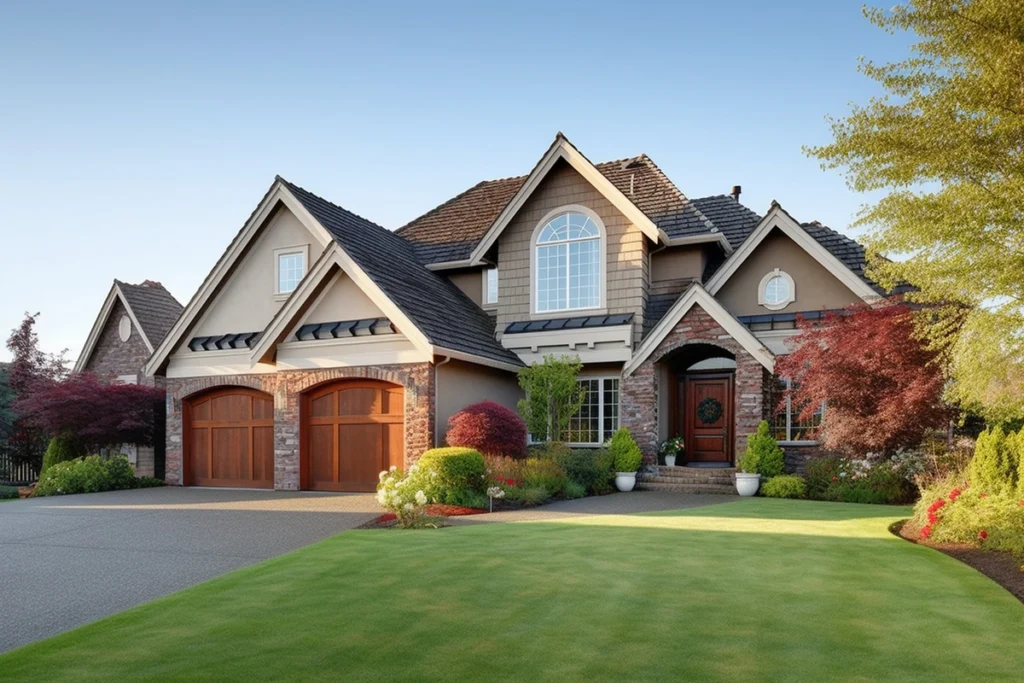
Even with proper care, there will come a time when roof replacement is the best option. Here are 4 scenarios when it’s worth considering a new roof:
1. Frequent Repairs 🔧
If you find yourself frequently repairing your roof, it may be more cost-effective to invest in a replacement.
2. Extensive Damage 🪓
If a significant portion of your roof is damaged or nearing the end of its lifespan, replacement is a wise choice.
3. Aging Roof 🕰️
If your roof is at or beyond its expected lifespan, it’s time to plan for replacement.
4. Energy Inefficiency 🌡️
If your roof lacks proper insulation and ventilation, leading to high energy bills, a replacement with energy-efficient materials may be beneficial.
Get a Roof That Stands the Test of Time
Understanding the question, “How long do roofs last?” and the factors that can influence your roof’s lifespan is essential for homeowners. Regular maintenance, prompt repairs, and proper care can extend your roof’s life.
However, when it’s time for a replacement, invest in quality materials and professional installation to ensure your home remains safe and protected for years to come. Be proactive in monitoring your roof’s condition, and when in doubt, consult with a roofing professional to make informed decisions about your roofing needs.
Connect with our expert team of roofers at Shingle and Metal Roofs today for quality craftsmanship and top-notch customer service. Let’s kick off your next roofing project with a free estimate!

